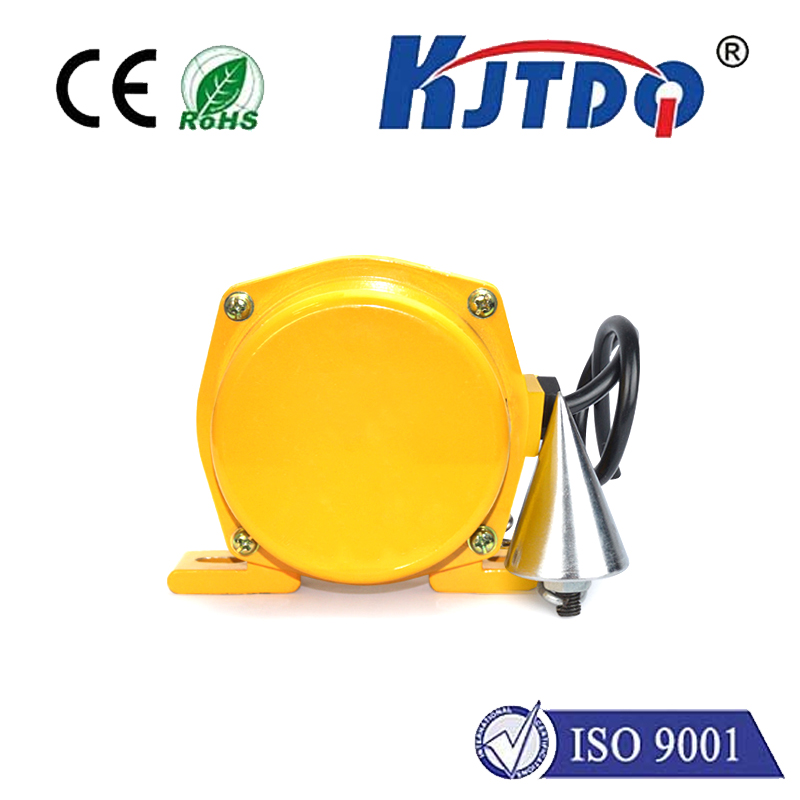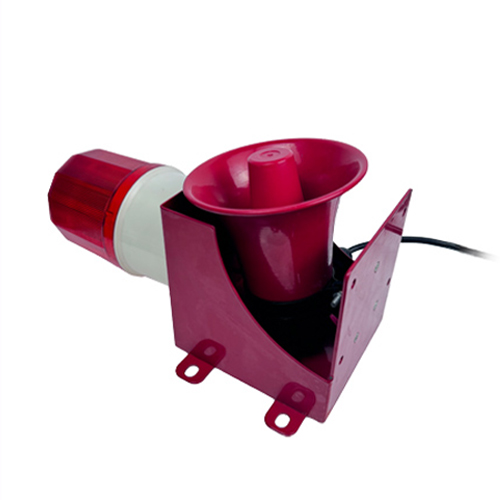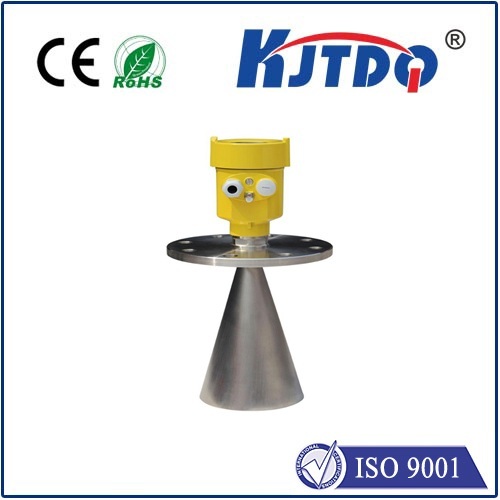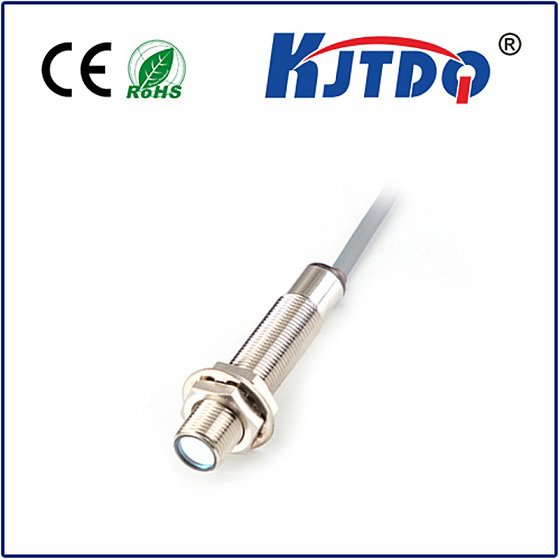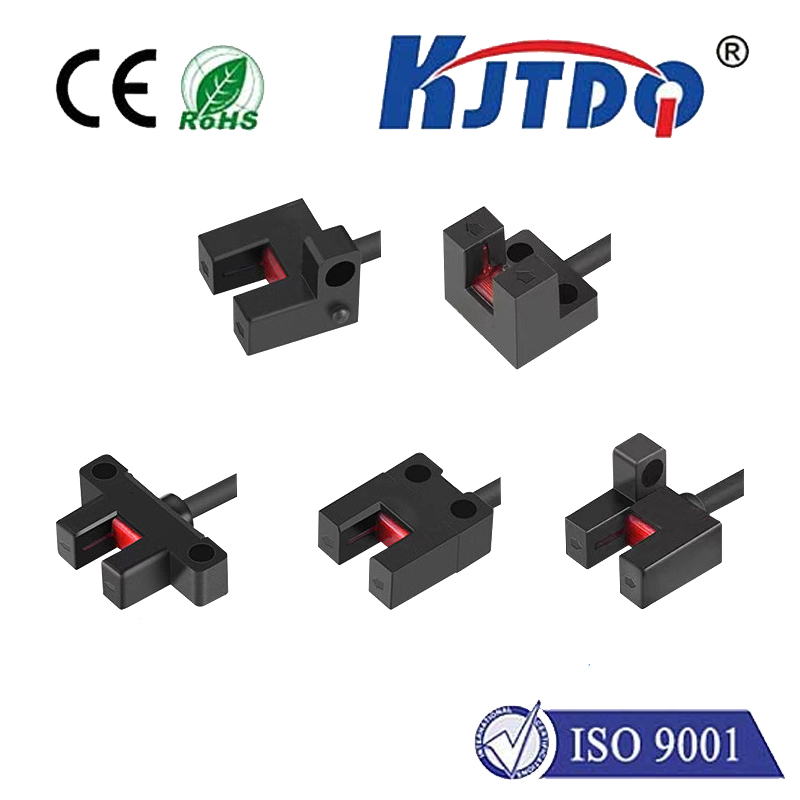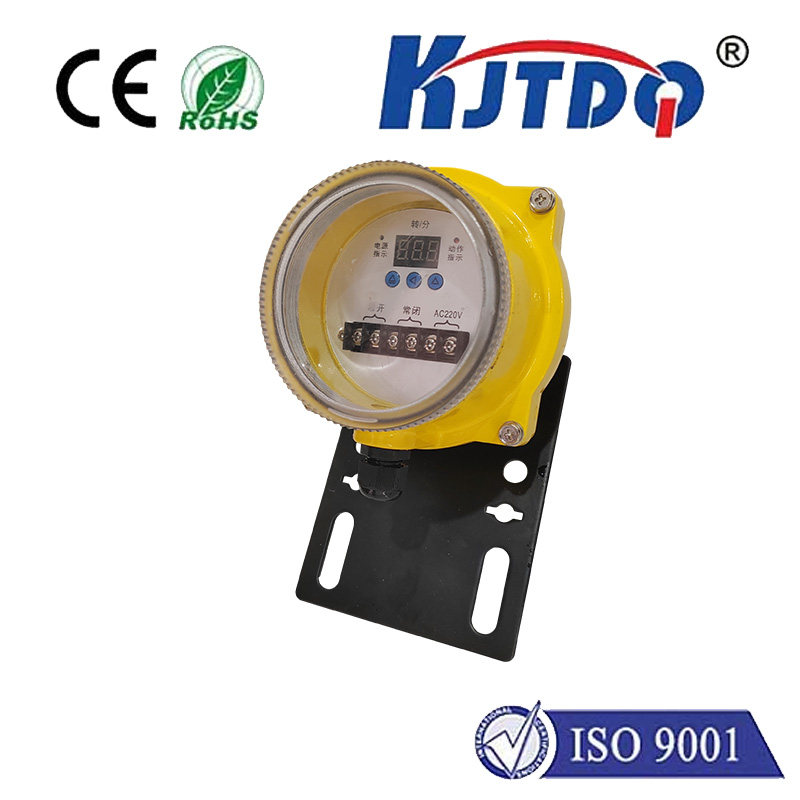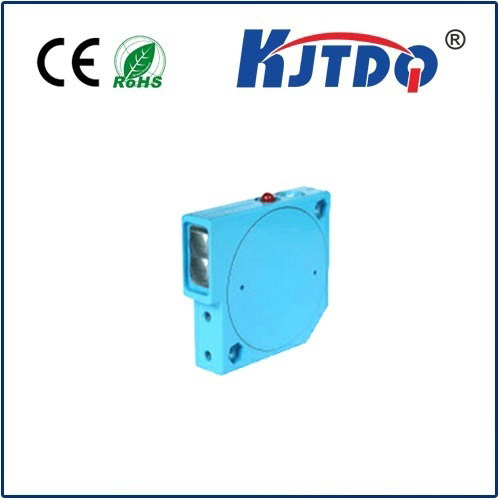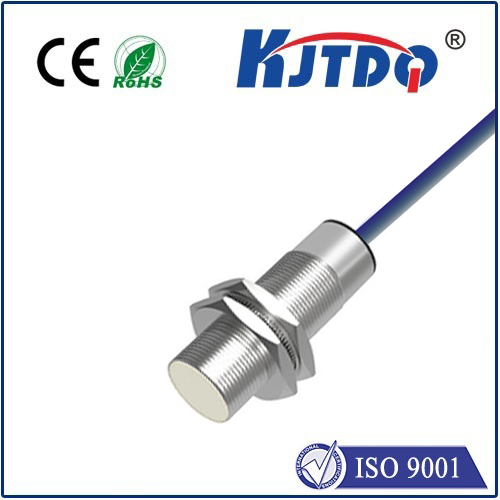

check

check

check

check

check

check

check

check

check

check
Imagine a factory floor where robotic arms assemble complex machinery with micron-level precision. Or envision delicate pharmaceutical vials being filled with exacting accuracy. What enables such remarkable consistency, often unseen but vitally important? One key player is the often-underestimated analog laser sensor. While digital counterparts grab headlines, analog variants remain indispensable workhorses in countless applications demanding continuous, high-fidelity measurement. Understanding their unique strengths reveals why they are far from obsolete in our increasingly digital world.
Unlike digital sensors that provide discrete “on/off” states or predefined steps, analog laser sensors deliver a continuous output signal, typically voltage (e.g., 0-10V) or current (e.g., 4-20mA). This signal proportionally represents the measured parameter – most commonly distance or displacement. They operate on the fundamental principle of triangulation or time-of-flight, emitting a focused laser beam onto a target. The reflected light is captured by a sensitive receiver (like a CMOS or CCD array), and the position of the reflected spot on this array directly correlates to the target’s distance. This positional data is then converted into the smooth, linear analog output.
The core advantage of analog output lies in its infinite resolution within its range. There are no quantization steps. This translates to several critical benefits in industrial settings:

While digital sensors offer advantages in networking and data processing, their resolution is fundamentally limited by their bit depth. An analog sensor, feeding a high-resolution analog-to-digital converter (ADC), can achieve significantly finer measurement granularity. The inherent resolution headroom of analog output is a key differentiator where ultimate precision is non-negotiable.
Finding the Perfect Fit: Analog Laser Sensor Applications
Their unique capabilities make analog laser sensors the preferred choice in diverse scenarios:
Selecting the Right Analog Laser Sensor
Choosing the optimal analog laser sensor involves careful consideration:
In the relentless pursuit of efficiency and quality in modern industry, the need for precise, reliable, and fast measurement is paramount. Analog laser sensors, with their continuous high-resolution output, inherent speed, and robust simplicity, provide a critical solution. They bridge the gap between raw physical phenomena and the control systems that orchestrate complex processes. While digital technologies advance, the fundamental strengths of analog signal transmission ensure that these laser sensors will continue to be vital instruments on the factory floor and beyond, enabling the precision that defines cutting-edge manufacturing and automation. Their ability to deliver real-world fidelity remains unmatched for truly demanding metrology tasks.
